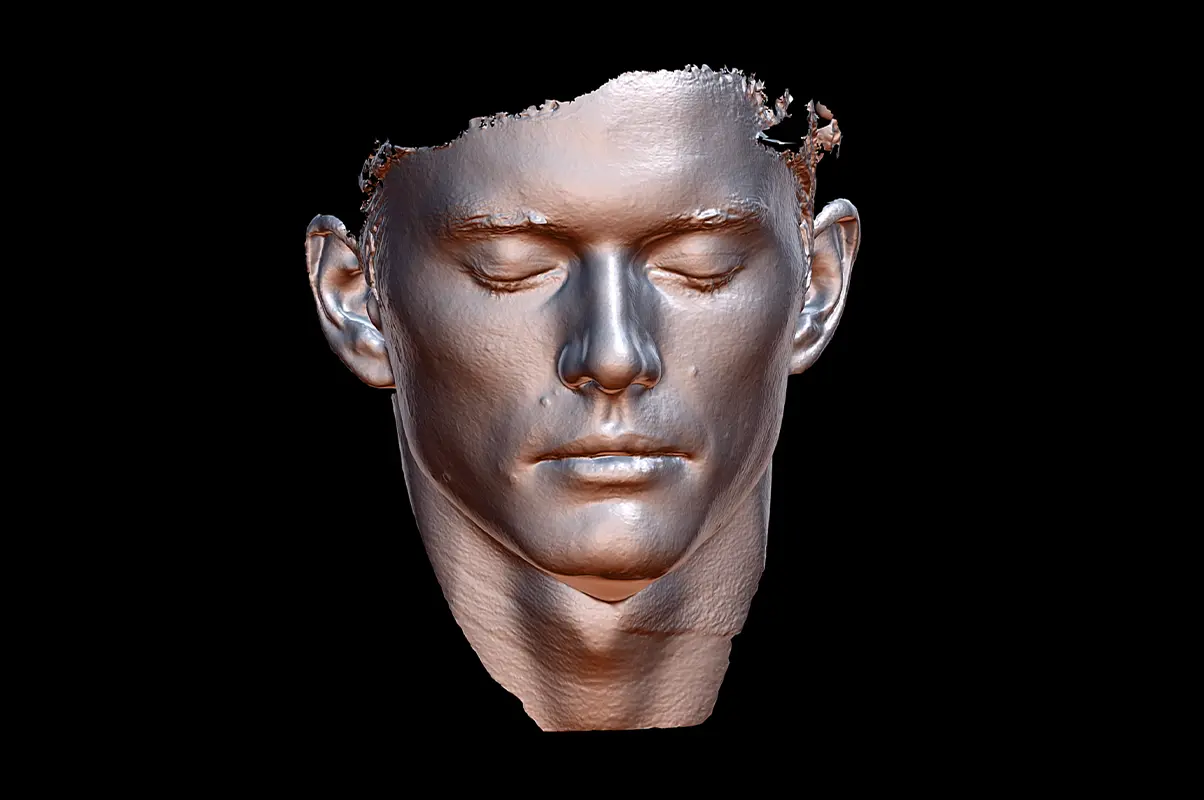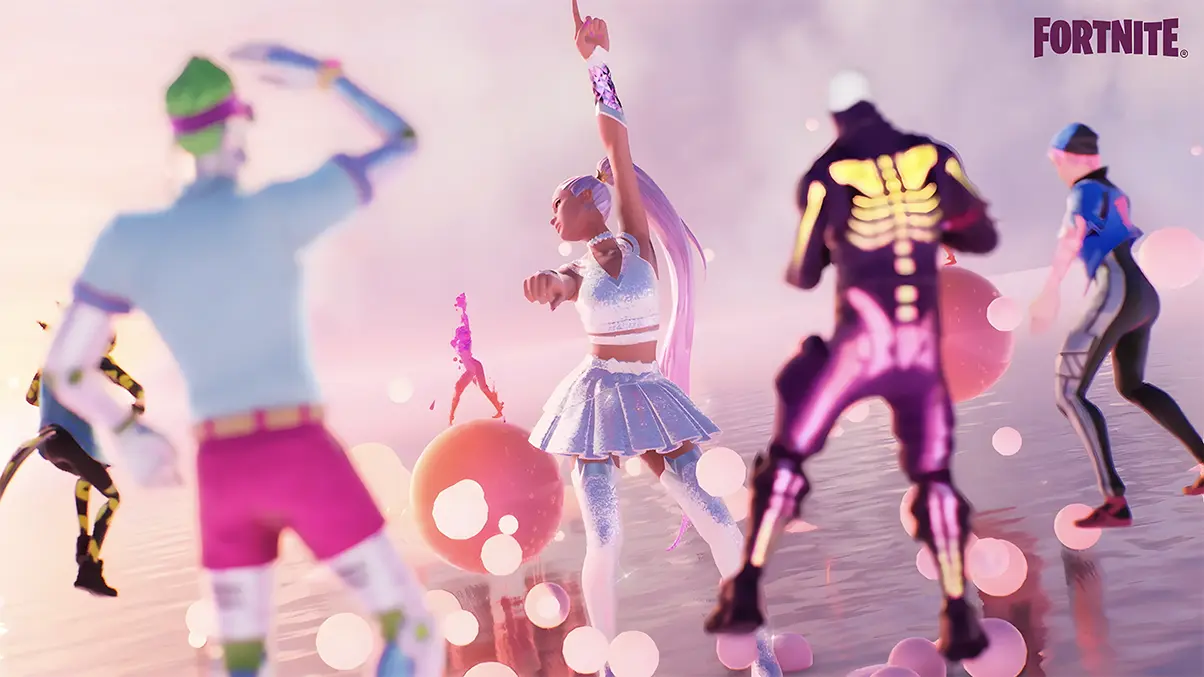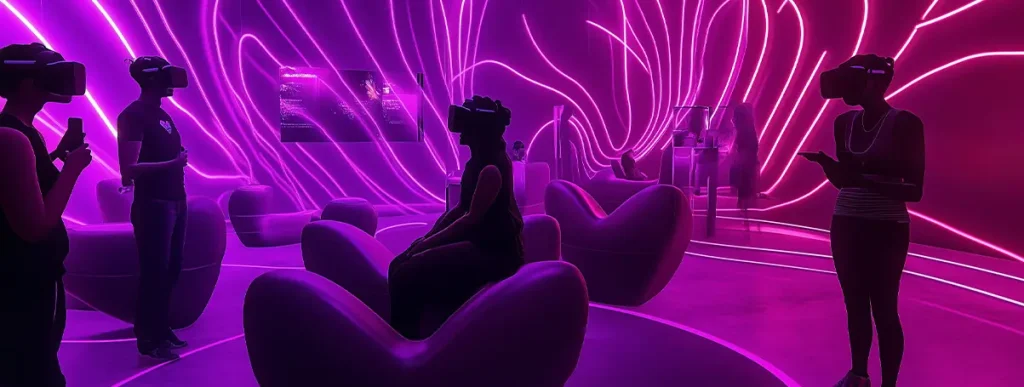Overview
The musical world has had its fair share of alter-egos – performers playing under fictional identities are a core part of the musical experience, and at their core, all stage personas are avatars. 3D technology advances have taken this trend to its logical conclusion with the emergence of 3D avatars. Starting out as animated visual backdrops for bands, these virtual characters have taken the music world by storm, filling entire stadiums and achieving major cultural influence. Artists like Gorillaz and Hatsune Miku, in particular, have achieved legendary status, showing that a 3D person can achieve bona fide superstardom and blurring the lines between digital and physical worlds. If you’d like to learn more about the use of virtual avatars in music, this brief overview will cover their origins, current trends in the field and possible developments on the horizon.
The rise of 3D avatars in music
3D avatars are animated digital characters designed to represent fictional or real-life identities. While 3D character design technology dates back to the 1980s, it was in the 1990s that 3D avatars became mainstream, largely through the rise of video games. Massively multiplayer online roleplaying games (MMORPGs) popularized interactive avatars, custom characters that allowed players to engage with their virtual worlds. Over time, this technology found its way into the music industry, primarily in Japan, where virtual idols began to emerge.
The first major virtual avatar idol was Kyoko Date, who attempted to integrate 3D technology into her persona but struggled due to the technical limitations of the time. However, her efforts laid the foundation for the now-iconic Vocaloid characters, a series of 3D avatars that dominate Japan’s idol pop scene. Among these avatars, 3D anime icon Hatsune Miku stands out as the most successful. This synthetic character gained a massive global following, proving that a fictional 3D person could become a music icon in its own right.
![]()
In the West, a similar trend emerged with the creation of the virtual band Gorillaz. The project, conceived by Blur frontman Damon Albarn and Tank Girl artist Jamie Hewlett, started as a satirical commentary on the music industry but quickly became a groundbreaking success. Combining innovative visuals and a genre-blending sound, Gorillaz captivated audiences worldwide, creating a mythology that blended virtual avatars with real-world music.
Overcoming the uncanny valley
As 3D avatar technology advanced, so too did the complexity of the characters. Initially, avatars were simple 2D sprites or blocky 3D models, but with improvements in motion capture, facial animation, and rendering technologies, interactive avatars became increasingly lifelike. One of the biggest challenges in this evolution was overcoming the “uncanny valley” – a psychological phenomenon where characters that look almost human evoke discomfort due to their small imperfections. To make realistic 3D avatars feel more emotionally relatable, creators had to perfect the art of lifelike design, crafting realistic models with intricate facial expressions and fluid movements.
The process of creating realistic 3D avatars involves several key steps: scanning, modeling, and animation. First, technologies like photogrammetry and 3D scanning capture real-life individuals, allowing creators to obtain highly detailed textures for avatars. 3D artists then sculpt these textures into digital models, rigging them with virtual skeletons that allow for movement. Finally, animators bring the models to life by applying detailed movements, often using motion capture to track real human performances and transferring them to the avatars. 3D facial capture technology enables animators to replicate even the most subtle human expressions, ensuring that a 3D person can convey a full range of emotions.

AI-driven tools have also begun to play a role in streamlining the creation process. These algorithms assist in generating realistic animations, improving how 3D avatars express emotions, and even designing outfits or virtual environments for performances. As access to creative tools becomes more democratized, anyone with the right skills can create and share 3D AI avatars that push the boundaries of what’s possible, giving rise to a new era of digital creativity.
The virtual star phenomenon and Gen Z’s acceptance
One of the most striking trends in the rise of 3D avatars is the increasing acceptance of virtual performers, particularly among younger generations. Gen Z, the first generation to grow up fully immersed in digital spaces, has a different relationship with virtual avatars. For them, the distinction between the physical and digital realms is increasingly irrelevant. Many members of this generation are comfortable engaging with virtual alter-egos in both social and professional contexts, making the concept of interactive avatars far more relatable.
For example, V-tubers – online personalities who use virtual avatars to interact with audiences – have become some of the most-watched content creators on platforms like YouTube. Unlike previous generations, who may have found the uncanny valley unsettling, Gen Z embraces the authenticity of these virtual characters, seeing them as genuine stars with distinct personalities and backstories. This shift has opened the door for virtual artists in the music world, who now have the potential to cultivate dedicated fanbases and achieve superstardom.
Case study: Notable recent virtual concerts
As the popularity of virtual performers grows, more and more real-life artists are adopting avatars to enhance their performances. Virtual concerts have become a popular new format, where fans can engage with avatars, 3D representations of musicians, in ways that transcend traditional live shows.
A landmark example of this trend was Travis Scott’s Fortnite concert, which drew over 27 million viewers—12 million of whom participated live. The concert, hosted within the virtual metaverse of Fortnite, featured an immersive, visually stunning experience with interactive elements that allowed fans to explore and engage with the virtual space. The event was not only a massive success in terms of viewership but also generated over $20 million in revenue, proving that virtual concerts can rival the financial success of physical performances.

Similarly, the 2022 ABBA Voyage event combined 3D human avatars with a live performance to deliver a unique concert experience. Using cutting-edge motion capture and 3D person rendering technology, digital replicas of the original ABBA members performed in a custom-built venue, offering fans a glimpse into the band’s heyday. This innovative performance grossed over 100 million pounds and sold over a million tickets, showcasing the potential for virtual characters to enhance and preserve the legacy of iconic artists.
Hybrid concerts and virtual experiences
The success of virtual concerts has spurred the growth of hybrid events that combine physical and virtual elements. These performances allow artists to share the stage with realistic 3D avatars, creating new ways for fans to connect with their favorite musicians – both past and present.
For instance, Michael Jackson’s performance as a holographic 3D person at the 2014 Billboard Music Awards exemplified how virtual technologies can bring deceased artists back to the stage. Similarly, the virtual band Gorillaz frequently incorporates real-life musicians alongside their animated characters during live shows. This hybrid approach not only preserves the legacy of past artists but also opens up exciting possibilities for touring bands, allowing them to extend their careers in new and innovative ways.
KISS, the legendary rock band, announced in 2023 that, following their final concert, they would continue to perform as 3D AI avatars, giving fans around the world the chance to experience the band’s iconic performances in a new, futuristic format. This development marks the beginning of a new era for older bands, offering a unique opportunity for future generations to engage with their music.

In addition to hybrid concerts, virtual festivals and “always-on” events are becoming more popular. These digital spaces offer fans the chance to experience concerts, meet-and-greets, and other events asynchronously – allowing people from all over the world to participate without the limitations of time zones or physical locations. For example, the experimental pop band 100 gecs has performed at Minecraft festivals like Lavapalooza and SquareGarden, enabling global audiences to enjoy their music in a completely digital space through interactive avatars.
The industry shift to the 3D avatar era
The integration of 3D avatars into the music industry represents a paradigm shift that is shaking up the way we experience live performances. Over the decades of their inclusion, the advent of 3D avatars has fostered new digital superstars and helped existing artists maintain cultural relevance in an increasingly digital world. At this point, it is difficult to call them a novelty – rather, a permanent part of the art form, bound to continue evolving alongside the industry in the decades to come. The future is looking increasingly interconnected and borderless, with distinctions between live music, gaming and entertainment seeming largely arbitrary. One thing is certain, however – 3D digital avatars are here to stay.



